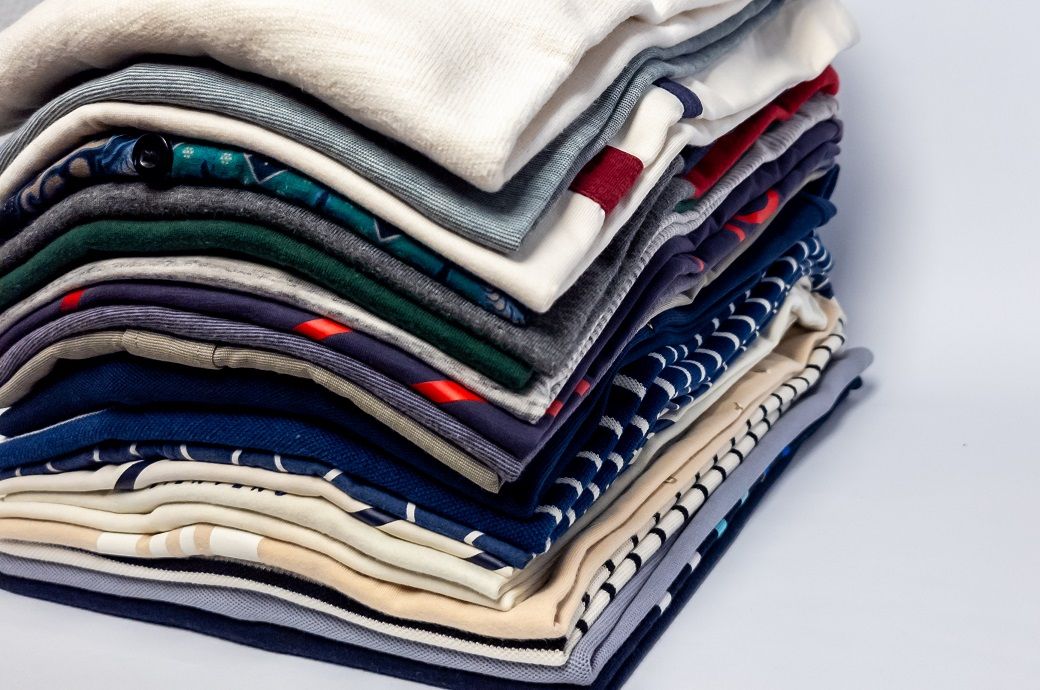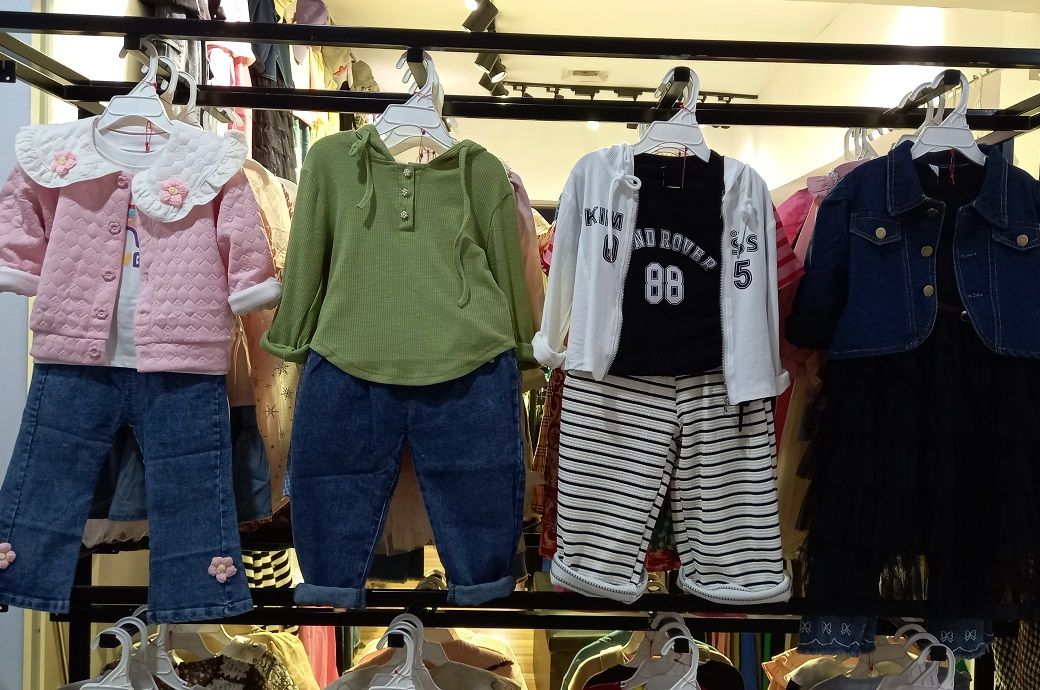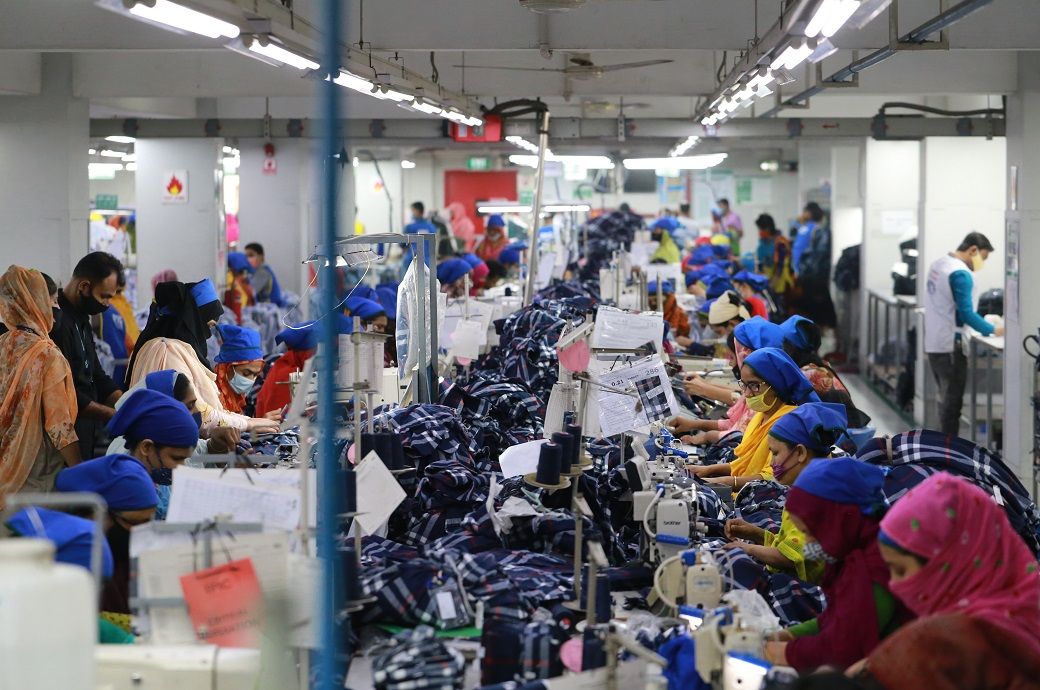
Myanmar’s garment industry, once the beating heart of its export economy, is now reportedly reeling under the weight of US tariffs.
A steep 40 per cent tariff on Myanmar’s garment exports has made its products far less competitive than those from Bangladesh, Cambodia, Indonesia, etc, triggering a sharp decline in US orders.
Beyond tariffs, Myanmar’s apparel sector also faces growing headwinds from political instability, sanctions, poor infrastructure, and global scrutiny over labour rights.
The 40 per cent tariff, slapped on Myanmar, marking a slight reduction from an earlier proposed 44 per cent, has made its products far less competitive, particularly in the face of rising competition from countries like Vietnam, Bangladesh, Cambodia, Indonesia, Malaysia, etc, which enjoy lower—or in some cases, no—tariffs.
For an industry that has already been struggling to stay afloat due to various reasons, the new tariff has come as a hammer blow, compounding an already fragile situation, as per many within the industry.
It may be mentioned here that political instability, for long, remained a major concern area, with the military-led government facing growing international condemnation and sanctions.
The country also reportedly suffers from poor infrastructure, power outages, and limited access to financing, all of which make it a difficult place to do business. On top of that, questions around labour rights and corporate governance are also putting Myanmar’s garments on the radar of the increasingly discerning Western consumers.
In Europe, especially in markets like Germany and the UK, there is reportedly a growing movement to exclude Myanmar-made products due to concerns over labour practices and human rights, even as the International Labour Organization (ILO) also invoked Article 33—its most serious enforcement measure—for Myanmar’s alleged failure to comply with international labour standards.
And now there’s the additional 40 per cent tariffs imposed by the US. The result, as industry insiders claim, notable reduction in fresh orders, pushing factories to downsize, cut shifts, lay off workers, and factory closures in many cases.
In Yangon’s industrial zones, the slowdown is palpable. As per reports, at least six factories have shut down since August, while many others are operating at reduced capacity to survive the downturn.
The Myanmar Garment Manufacturers Association (MGMA) reportedly revealed that by August, 56 of its 589 member factories had suspended operations entirely, while the Federation of General Workers Myanmar (FGWM) has reportedly held the US tariff responsible for triggering the factory closures, pointing out that the increased costs have made it impossible for producers to remain viable.
The ripple effects are hitting the workforce hardest—particularly women, who make up the vast majority of the garment sector’s employees. For years, the industry has been one of the few reliable sources of income and empowerment for women in Myanmar. Now, thousands are reportedly finding themselves out of work as factories shutter or scale back, and those still employed are facing shorter working hours, slashed overtime, and shrinking wages.
So, even if the sector remains a vital part of the country’s economy, with every factory that shuts down and with every worker who loses their job, Myanmar’s path back to recovery seems increasingly difficult.
Fibre2Fashion News Desk (DR)






